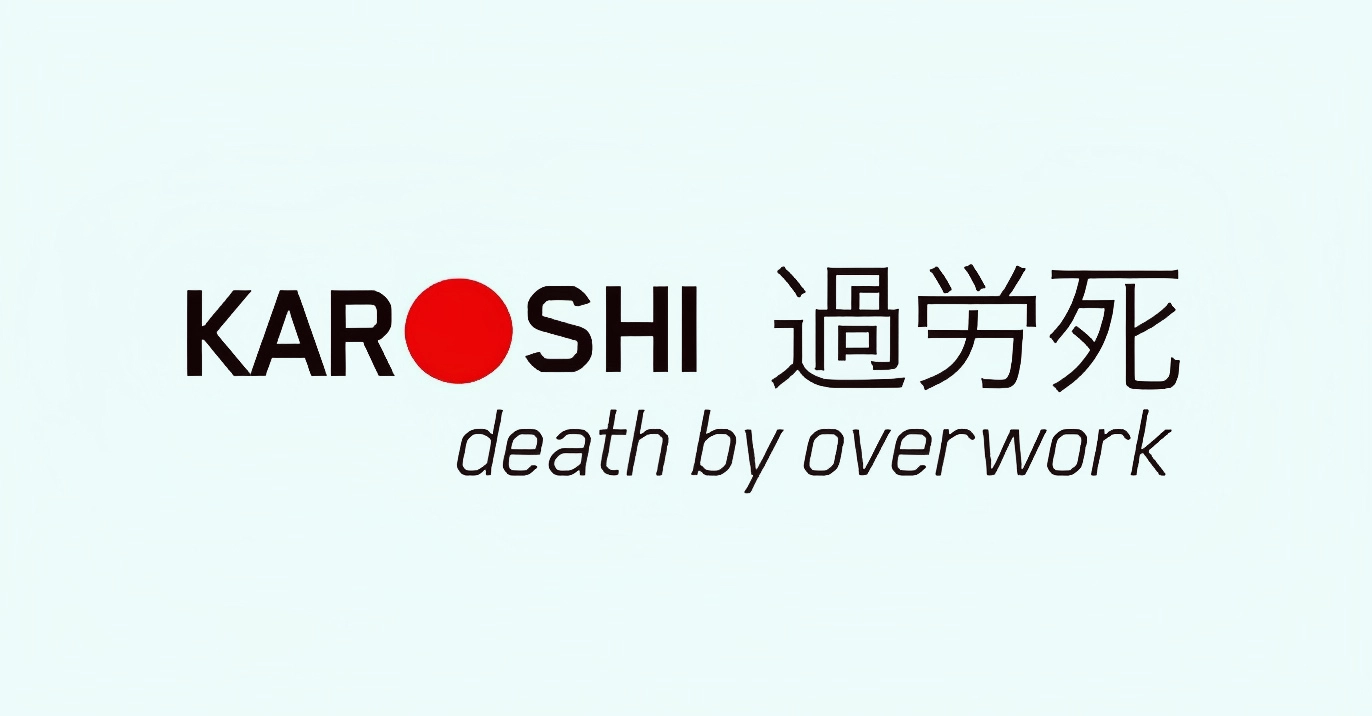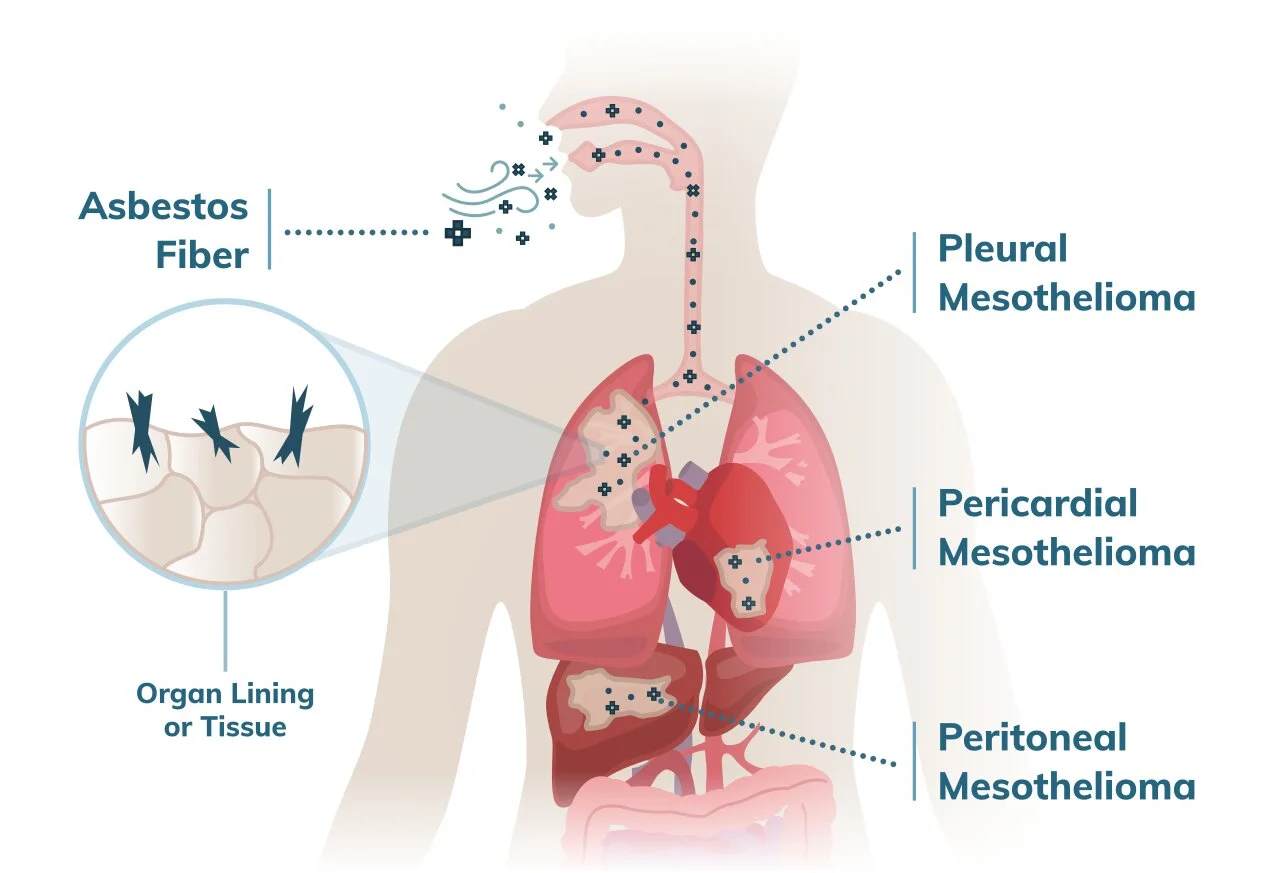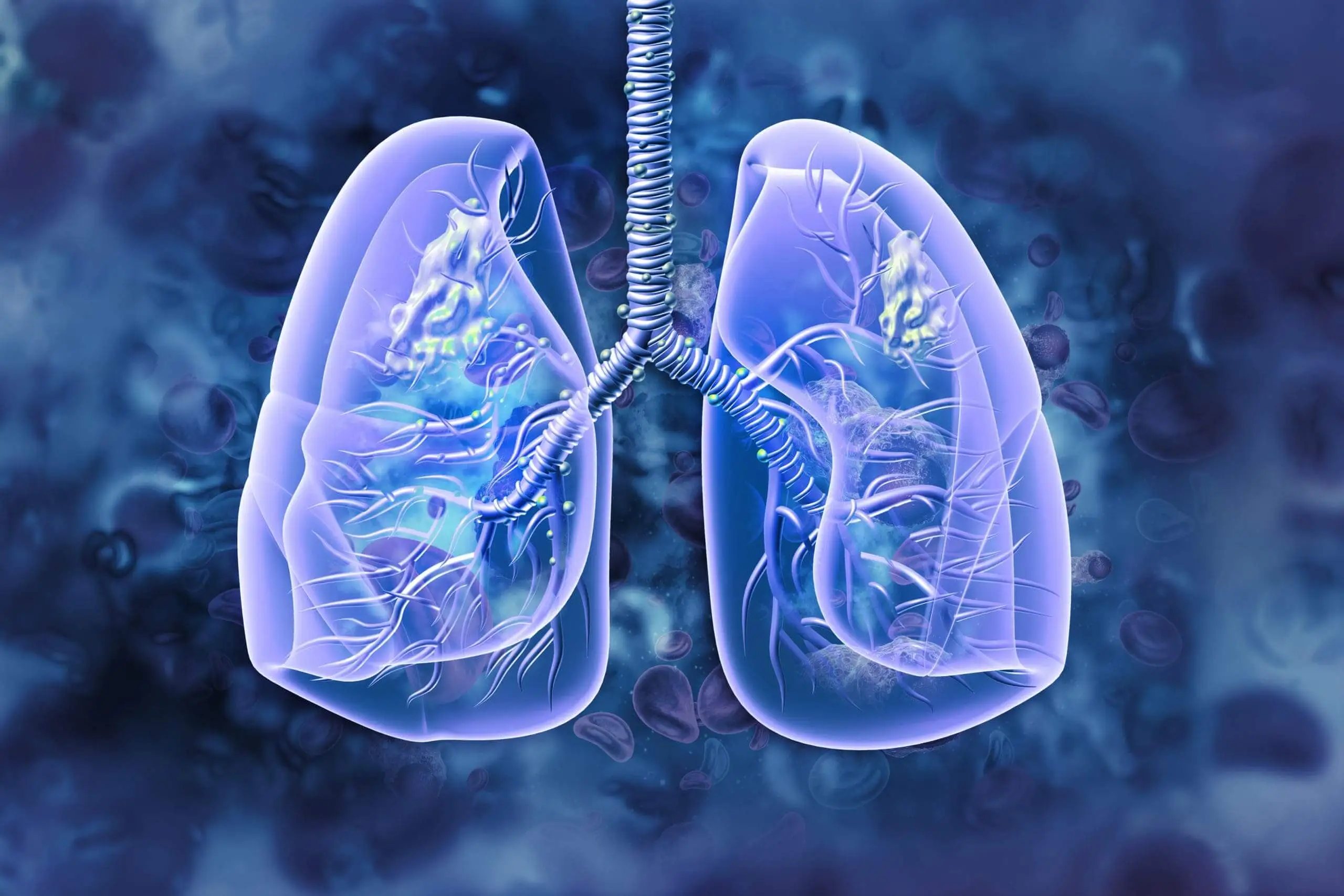Karoshi, or death from overwork, is usually the extreme result of acute cardiovascular events such as stroke.
Read MoreSick Building Syndrome | Background, Causes, and Management
Introduction
Sick building syndrome (SBS) refers to a situation in which the occupants of a building experience acute health- or comfort-related effects that appear to be directly related to the time spent in the building.
There is no specific illness or cause.
Complainants may be limited to any specific room or zone, or they may be widespread throughout the building.
It is more prevalent among women and at the lower end of the organizational hierarchy.
The health conditions associated with buildings are commonly classified as:
- SBS or Tight building syndrome.
- The building-related disease occurs when the symptoms of a diagnosable illness are identified and linked to airborne contaminants in the building.
- Building-associated symptoms.
Signs and Symptoms of Sick Building Syndrome
- Headache.
- Dizziness.
- Nausea.
- Eye, nose, or throat irritation.
- Dry cough.
- Dry or itching skin.
- Difficulty in concentration.
- Fatigue.
- Sensitivity to odors.
- Hoarseness of voice.
- Allergies.
- Cold.
- Flu-like symptoms.
- Increased incidence of asthma attacks.
- Personality changes.
Causes of Sick Building Syndrome
The cause of the symptoms is unknown.
It lowers productivity and raises absenteeism.
The majority of complainants report relief soon after leaving the building, although lingering effects of neurotoxins can occur.
Here are some possible causative factors
1. Physical and environmental factors
- Humidity: either too high (encouraging mold formation) or too low (leading to drying of the mucous membranes).
- Excessively high temperature.
- Air conditioning is associated with microbial contamination, exotoxins produced by contaminating organisms, and biocides.
- Nuisance dust.
- Poor lighting.
2. Chemicals
- Formaldehyde → It is ubiquitous in office environments because of ‘off-gassing’ from furniture, carpet adhesive, and other fixtures made of particle board.
- Nitrogen dioxide.
- Cigarette smoke → Although smoking in public places is now illegal in the UK, passive smoking may have been a factor in the past.
- Volatile organic compounds (VOCs) → Many are known irritants at high levels of exposure.
Some have low odor thresholds, which contributes to the perception of poor air quality (irrespective of actual health effects).
3. Bio-aerosols
- Airborne particles containing or contaminated with bacteria, fungi, or mites.
4. Psychosocial factors
- Low control over work.
- Poor support.
- Insufficient or excessive demands.
- Low job satisfaction.
Management of Sick Building Syndrome
- Optimize the physical environment.
- Standards for lighting, temperature, and humidity should be observed.
- Allow enough personal space for working.
- Regular cleaning to reduce nuisance dust.
- Identify and address the stress-related risk factors.
- Encourage effective industrial relationships and communication.
- Increase the control—demand ratio whenever possible.
- Investigate specific issues, such as odors.
Summary
Sick building syndrome (SBS) refers to a situation in which the occupants of a building experience acute health- or comfort-related effects that appear to be directly related to the time spent in the building.
Symptoms include headache, nausea, eye, nose, or throat irritation, dry cough, dry or itching skin, difficulty in concentration, dizziness, fatigue, sensitivity to odors, cold, flu-like symptoms, and personality changes.
There is no specific illness or cause.
Possible causative factors include: –
Physical and environmental factors such as humidity, excessively high temperature, air conditioning, and nuisance dust.
Chemicals such as formaldehyde, volatile organic, and nitrogen dioxide.
Bio-aerosols such as airborne particles are contaminated with bacteria, fungi, or mites.
Psychosocial factors such as low control over work, poor support, and low job satisfaction.
Management includes optimizing the physical environment, standards for lighting, temperature, and humidity should be observed, allowing enough personal space for working, and regular cleaning to reduce nuisance dust.
How useful was this post?
Click on a star to rate it!
Average rating 0 / 5. Vote count: 0
No votes so far! Be the first to rate this post.
I'm sorry that this post was not useful for you!
Let me improve this post!
Tell me how I can improve this post?
References
- Joshi, S. M. (2008, August). The sick building syndrome. Indian journal of occupational and environmental medicine. Retrieved December 21, 2022, from PubMed
Sadhra, S. S., Bray, A., & Boorman, S. (2022). Oxford Handbook of Occupational Health. Oxford University Press.
Mesothelioma is a rare and deadly cancer that originates from mesothelial cells of the pleura or serosal surfaces such...
Read MoreOccupational burnout is a state of emotional, mental, and physical exhaustion caused by excessive and prolonged workplace...
Read MoreByssinosis is a chronic nonspecific respiratory disease that affects textile workers who are exposed to the dust...
Read MoreRecent Posts
-
SAPHO Syndrome | Causes, Symptoms, Diagnosis & Treatments
-
Systemic Lupus Erythematosus | Causes, Symptoms & Treatments
-
Gastric Ulcers | Causes, Symptoms, Complications & Treatments
-
Wiskott-Aldrich Syndrome | Causes, Symptoms & Treatments
-
The 4 Stages of HIV Infection | Ultimate Guide
-
Good’s Syndrome | Symptoms, Causes & Treatments
-
Acquired Angioedema | Causes, Symptoms & Treatments
-
Rheumatoid Arthritis | Symptoms, Causes, Diagnosis & Treatments
-
Acute Pancreatitis | Causes, Symptoms, Diagnosis and Treatments
-
Pernicious Anemia | Causes, Symptoms, Diagnosis and Treatments
-
Sickle Cell Anemia | Causes, Symptoms, Diagnosis and Treatments
-
Aplastic Anemia | Causes, Symptoms, Diagnosis and Treatments
-
Diamond Blackfan Anemia | Causes, Diagnosis and Treatments
-
Sideroblastic Anemia | Causes, Symptoms & Treatments
-
Organic Dust Toxic Syndrome (ODTS) | Symptoms, and Treatments





